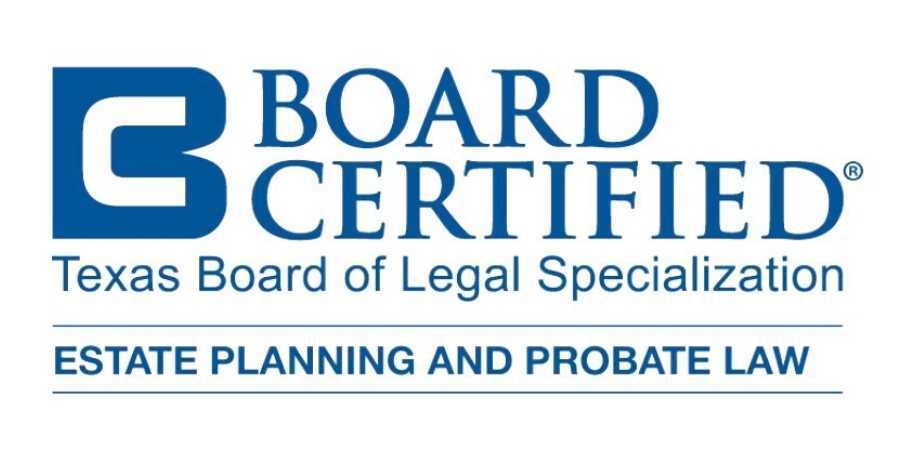Embracing the Awkward of Writing Your Will
It's National Make-A-Will Month in August

As August comes to a close, it brings with it more than just the sweltering heat and the promise of impending fall. It’s National Make a Will Month—a time dedicated to encouraging us all to confront a topic many of us would rather avoid: creating a will. As an attorney and author with a deep understanding of the probate process, I’m here to share why this month is the perfect opportunity to tackle the important task of will-making and to dispel the myths that might make this task seem daunting.
The Myth of Bad Luck and Mortality
One of the most common fears surrounding will-making is the belief that drafting a will might invite bad luck or hasten one's demise. This superstition, though rooted in historical anxieties, has no bearing on reality. Creating a will is not a harbinger of ill fate; rather, it’s an act of wisdom and foresight.
Let’s be clear: a will is not an omen of impending death but a vital tool for managing your estate. It’s about ensuring that your assets are distributed according to your wishes and that your loved ones are taken care of after you’re gone. The process of drafting a will should be seen as a proactive measure, not a morbid preoccupation.
The Importance of a Will
Why should you prioritize creating a will? The answer lies in the control it gives you over your estate and your legacy. Without a will, your assets will be divided according to state laws, which may not align with your wishes. This could lead to unnecessary disputes among your heirs, delays in asset distribution, and additional stress during an already difficult time.
A well-crafted will allows you to:
- Specify Your Wishes: Clearly outline how you want your assets distributed, which can prevent family disputes and ensure your estate is managed as you intend.
- Appoint Executors and Guardians: Designate individuals you trust to manage your estate and care for any minor children, providing peace of mind that your affairs are handled by those you choose.
- Minimize Probate Complications: A will can streamline the probate process, reducing potential legal battles and minimizing the time and expense involved.
Overcoming the Fear of Will-Making
Addressing the fear of will-making requires a shift in perspective. Many people avoid this task because they’re uncomfortable with discussions about death or feel overwhelmed by the legal jargon. However, embracing the process with a clear mindset can transform your approach.
- Recognize the Value: Understand that creating a will is a responsible step toward ensuring your estate is handled according to your desires. It’s an opportunity to make thoughtful decisions about your legacy and the future well-being of your loved ones.
- Seek Professional Guidance: If the legal aspects seem daunting, consult with an estate planning attorney. A professional can help you navigate the complexities, provide tailored advice, and make the process less intimidating.
- Start Small: If the idea of drafting a will seems overwhelming, begin by listing your assets, beneficiaries, and any special instructions. Taking small steps can make the process more manageable and less daunting.
The Practical Aspects of Will-Making
Creating a will doesn’t have to be an arduous or expensive process. In fact, many people find that it’s an empowering experience. Here are some practical steps to guide you:
- Inventory Your Assets: Make a comprehensive list of your assets, including property, investments, and personal belongings. This inventory will help you make informed decisions about distribution.
- Choose Your Beneficiaries: Decide who will receive your assets and in what proportions. This could include family members, friends, or charitable organizations.
- Appoint an Executor: Select someone responsible to oversee the distribution of your estate. This person will ensure that your wishes are carried out according to your will.
- Draft the Document: While templates are available online, it’s often best to work with an attorney to ensure that your will is legally sound and reflects your intentions accurately.
- Review and Update Regularly: Life circumstances change, so it’s important to review and update your will periodically, especially after major life events such as marriage, divorce, or the birth of a child.
Embracing the Peace of Mind
As we embrace National Make a Will Month, it’s essential to focus on the peace of mind that comes from having your affairs in order. The act of creating a will is not just about facing the reality of mortality; it’s about taking control of your legacy and ensuring that your wishes are honored.
I tell my friends and clients, approaching will-making with a positive and proactive attitude can transform it from a daunting task into a powerful act of care and responsibility. By dispelling myths and focusing on the benefits, you can make informed decisions that will provide security for your loved ones and ensure that your estate is managed according to your wishes.
So, as August winds down, take this opportunity to make a meaningful decision. Confront the fear, embrace the process, and create a will that reflects your values and priorities. Your future self—and your loved ones—will thank you.
Joseph Michael Dickerson
Attorney and Author of The Texans Guide of the Probate Process – click here for your free book.
























